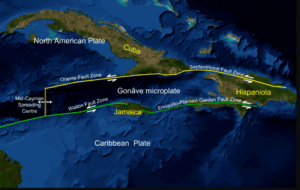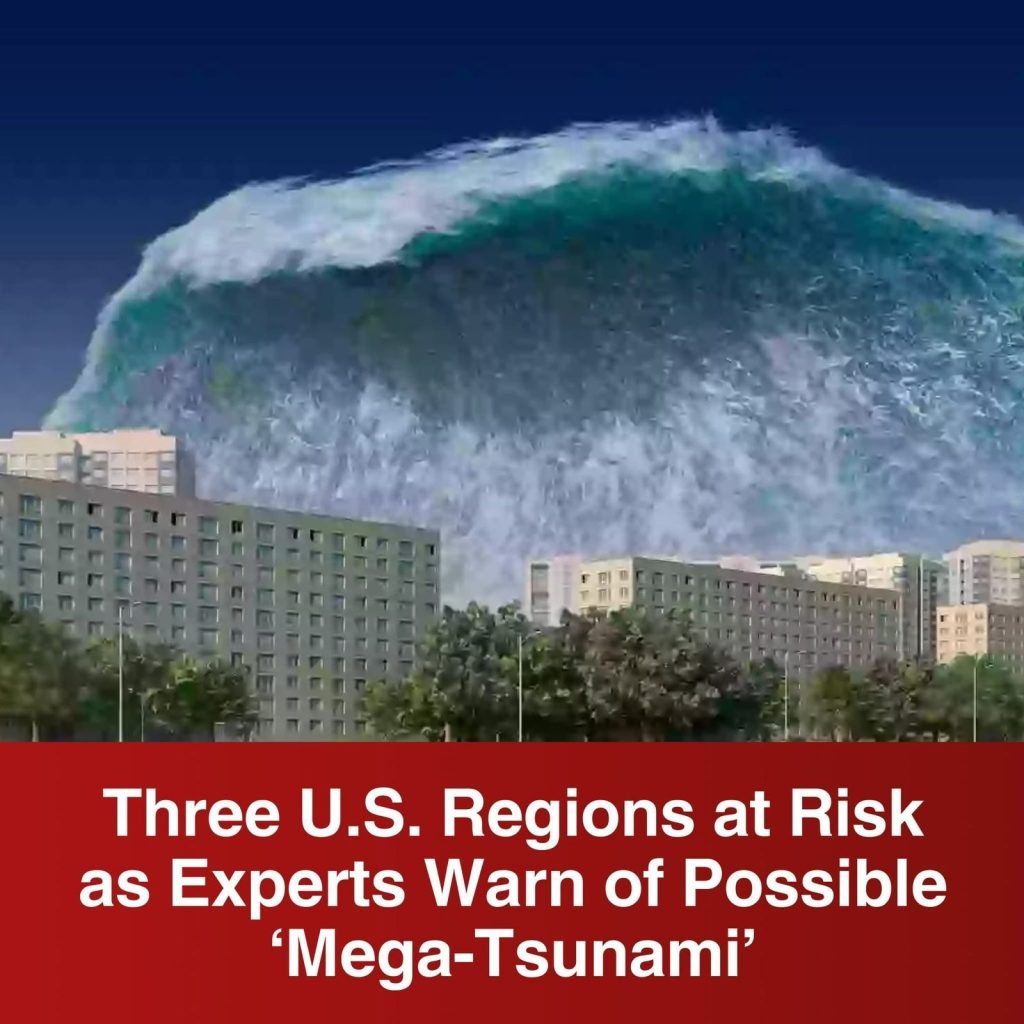Scientists have identified the USA’s three most deadly tsunami zones: the Pacific Northwest, East Coast, and Gulf Coast.
These areas face threats from earthquakes, underwater landslides, and rising seas. Tsunamis travel fast and grow tall near shorelines.
The Pacific Northwest, above the Cascadia Subduction Zone, has the highest risk with a possible major quake in the next 50 years.
The East Coast faces danger from landslides and distant quakes, especially from the Caribbean fault. The Gulf Coast has lower risk but remains vulnerable.
Climate change worsens risks by raising sea levels and causing more erosion. Warning systems give little time for local tsunamis, so personal awareness is vital. If you feel a strong quake or see the ocean pull back, evacuate immediately. Preparedness can save lives as scientists work to improve safety.

Scientists have identified three major tsunami risk zones in the U.S.: the **Pacific Northwest**, **East Coast**, and **Gulf Coast**. These are not distant dangers—millions live directly in their path. Tsunamis are caused by underwater earthquakes, landslides, or volcanoes, and can travel at **500 mph**. While deep-sea waves seem calm, “when they hit shallow water… they grow taller and more destructive.”
The **Pacific Northwest** sits on the 700-mile **Cascadia Subduction Zone**. A magnitude 9.0+ quake last struck in **1700**, sending waves across the Pacific to Japan. Scientists warn there’s a **10–14% chance** of another megaquake in the next 50 years. “Ghost forests” and Native stories confirm these deadly waves hit every **300–600 years**.
The **East Coast** faces risks from underwater landslides and Caribbean quakes. The **1755 Lisbon earthquake** sent waves across the Atlantic. Puerto Rico’s **1918** and the Dominican Republic’s **1946** tsunamis killed over **1,600 people** combined.
The **Gulf Coast** is lower-risk but still vulnerable, especially from Caribbean sources. Rising seas and climate change now **amplify tsunami impacts**.
Warning systems offer only **15–20 minutes** notice for local events. “If you feel a strong earthquake near the ocean, RUN.” Scientists race to improve alerts—but your best defense is awareness and quick action.


